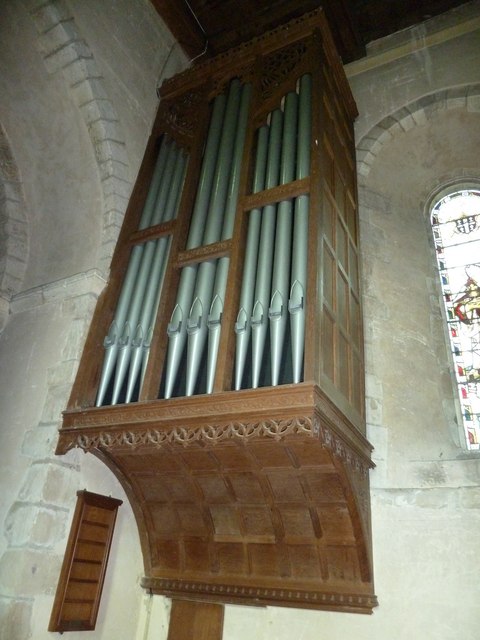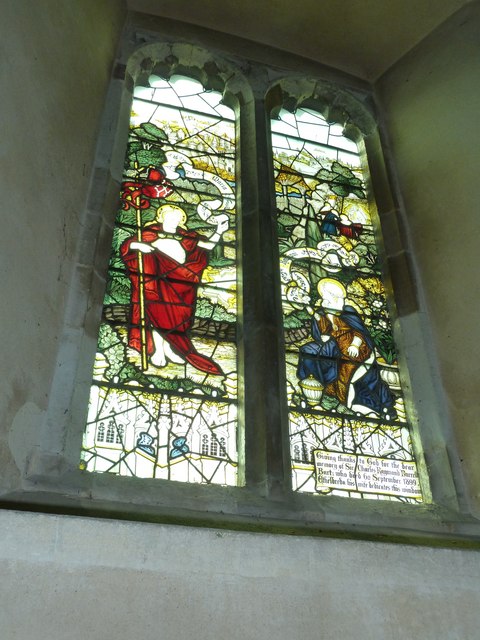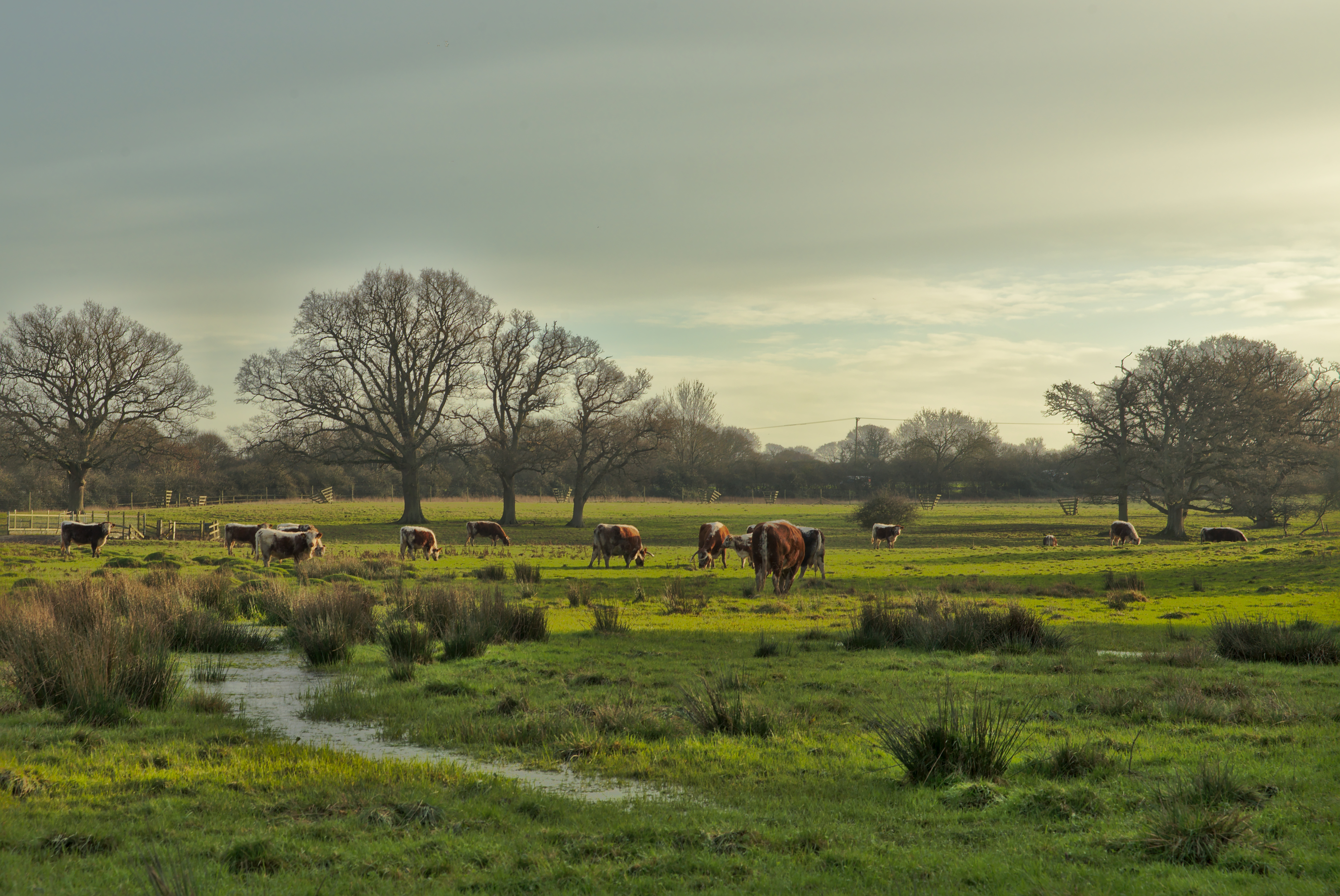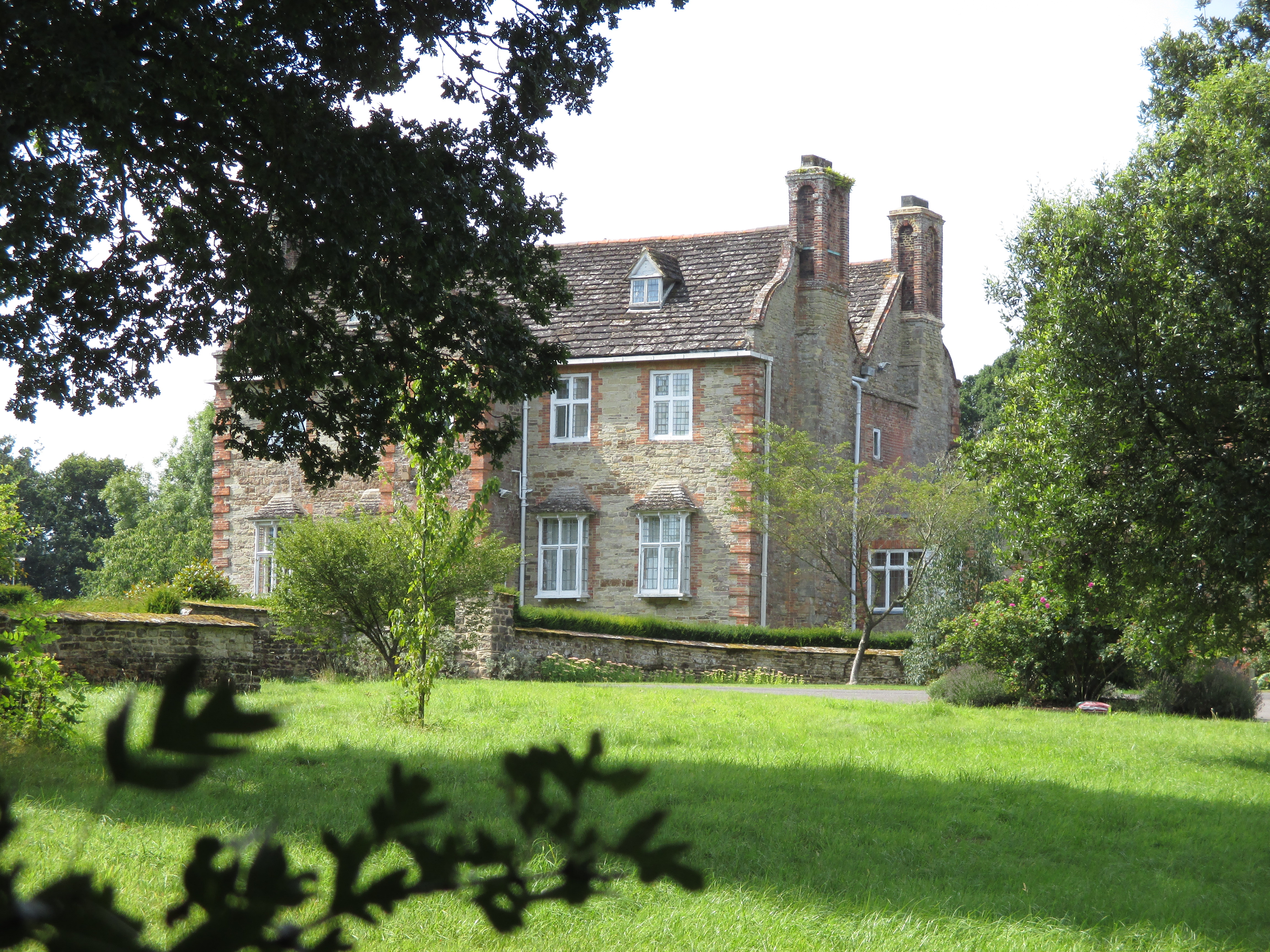Spring Wood
Wood, Forest in Sussex Horsham
England
Spring Wood

Spring Wood is a picturesque woodland located in the county of Sussex, England. Covering an area of approximately 100 acres, the wood is nestled in the heart of the Sussex countryside, offering visitors a tranquil and enchanting escape from the bustling city life.
The wood is characterized by its diverse range of trees, including oak, beech, and ash, which create a dense canopy overhead. This creates a shaded and cool environment, even during the hottest summer months. The forest floor is adorned with a variety of wildflowers, adding to the wood's natural beauty.
The wood is intersected by several well-maintained footpaths, making it easily accessible for walkers and nature enthusiasts. These paths lead visitors through the wood's enchanting landscape, guiding them past babbling brooks, small ponds, and hidden clearings. The sound of birdsong fills the air, adding to the serene atmosphere.
Spring Wood is also home to a rich diversity of wildlife. Roe deer can often be spotted grazing in the early morning or at dusk, while squirrels scamper through the treetops, collecting nuts for the winter. Woodpeckers can be heard tapping away at the tree trunks, and if lucky, one may catch a glimpse of a rare dormouse.
The wood is managed by a local conservation organization, ensuring the preservation of its natural beauty and protecting the delicate ecosystem within. It is a popular destination for nature lovers, photographers, and families seeking a peaceful day out in the Sussex countryside.
If you have any feedback on the listing, please let us know in the comments section below.
Spring Wood Images
Images are sourced within 2km of 50.988657/-0.36146396 or Grid Reference TQ1522. Thanks to Geograph Open Source API. All images are credited.








Spring Wood is located at Grid Ref: TQ1522 (Lat: 50.988657, Lng: -0.36146396)
Administrative County: West Sussex
District: Horsham
Police Authority: Sussex
What 3 Words
///carting.triangles.kicks. Near Southwater, West Sussex
Nearby Locations
Related Wikis
Shipley, West Sussex
Shipley is a village and civil parish in the Horsham District of West Sussex, England. It lies just off the A272 road 6 miles (10 kilometres) north-east...
St Mary's Church, Shipley
The Church of St Mary the Virgin is an Anglican church in the village of Shipley, in West Sussex, England. It is in the Diocese of Chichester. Built in...
King's Mill, Shipley
King's Mill or Vincent's Mill, Shipley, West Sussex, England, is a smock mill built in 1879. == History == King's Mill was built in 1879 for Friend Martin...
Dragon's Green
Dragon's Green is a hamlet in the civil parish of Shipley, and the Horsham district of West Sussex, England. The hamlet is 5 miles (8 km) south from the...
Knepp Castle
The medieval Knepp Castle (sometimes referred to as 'Old Knepp Castle', to distinguish it from the nearby 19th-century mansion) is to the west of the village...
Knepp Wildland
Knepp Wildland is the first major lowland rewilding project in England. It comprises 1,400 hectares (3,500 acres; 5.4 square miles) of former arable and...
Newbuildings Place
Newbuildings Place is a 17th-century Artisan Mannerist house near Shipley, West Sussex. The house is a former home of Wilfrid Scawen Blunt, who is buried...
St George's Church, West Grinstead
St George's Church is an Anglican church in West Grinstead, West Sussex, England. It is in the Diocese of Chichester, occupying a rural position in the...
Nearby Amenities
Located within 500m of 50.988657,-0.36146396Have you been to Spring Wood?
Leave your review of Spring Wood below (or comments, questions and feedback).













